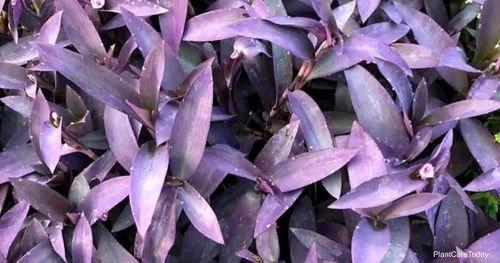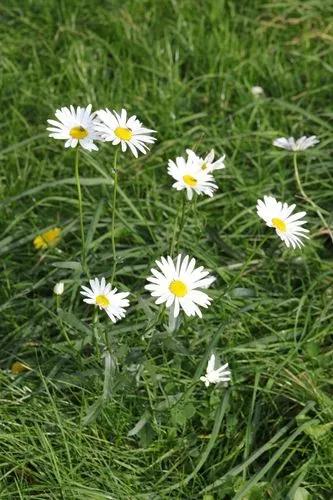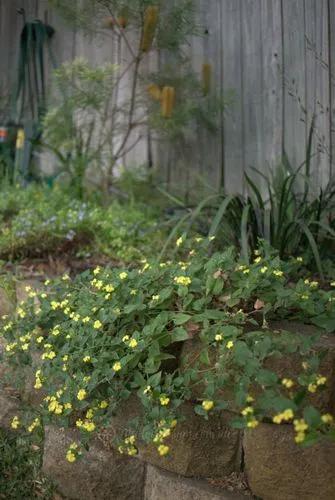The Cambria are very popular orchids , because they are easy to maintain and have a good flowering. However, unlike other genera such as Phalaenopsis , Dendrobium or Vanda , they are not orchids that are present in nature. Its origin is the crossing of different types of orchids, with the aim of creating a variety of orchids that were commercially attractive, and that were also easy to take care of at home.The result of all this are plants with flowers of an extraordinary variety and beauty and that possess the characteristics of the mother plants that were crossed.Therefore, the most interesting feature about this genre called Cambria is that they do not exist naturally at any point on our planet.In fact it is a plant artificially created from hybrids mainly Odontoglossum but also Miltonia, Oncidium and other less known.Despite the fact that these plants have been created through artificial crosses and their origin is not found in a specific natural habitat, there are some environmental requirements. The Odontoglossum plants used in many of the hybridizations are native to the high jungles of Central and Southern America, so many of these plants will need environmental conditions of high humidity and ventilation.
Cambria Care
Cambria Orchid



How to Care for the Plant

Water

The Cambria orchid badly resists an inadequate irrigation. If they are not watered with a certain frequency the leaves may wrinkle. We can do it by immersing the pot in a container with soft water and at room temperature for a time of 10 minutes. In summer with a frequency of once every 5 to 7 days and in winter of 7 to 10 days. Then let the pot drain well and avoid puddles on the substrate. You should have a pot with a drainage hole.

Pruning

Once the flowering finishes, the floral stick should be pruned at the height of the pseudobulb, since it will not flower again in that same one.

Fertilizer

The fertilizer must be regularly utilized. They can be fertilized every three weeks, with a fertilizer 20:20:20, Nitrogen, Phosphorus and Potassium in equal proportions. This industry standard is suitable for most of the growing materials and the Cambria orchid is no exception to this evaluation. Keep moistened the substrate, to avoid the concentration of salts.

Sunlight

Always avoid exposure to direct sunlight. These plants prefer shade but with sufficient indirect light. We can know if the plant receives an adequate level of light by observing the color of the leaves. Leaves of a strong or intense green color are a symptom of low light. If the color turns reddish it can be due to an excess of light or direct exposure to the sun at some time. The optimal light conditions provide the leaves an intermediate green hue. Also I have to mention that an excess of light usually causes a delay in flowering.

Soil

The soil that we should use is the usual substrate that I recommend for orchids. A light and resistant substrate that drains well, but that at the same time conserves some humidity and part of the nutrients, that we contribute by means of fertilizers.Ideally, buy fertilizers prepared from pine bark, or similar.

Temperature

In general these plants require specific conditions of what is called “cold greenhouse”, that is, temperatures of 45 to 50°F (8 to 10ºC) minimum during the night in winter and a maximum of 75 to 83 °F (24 to 28ºC) in summer.

Popularity

105 people already have this plant 18 people have added this plant to their wishlists
Discover more plants with the list below
Popular articles






